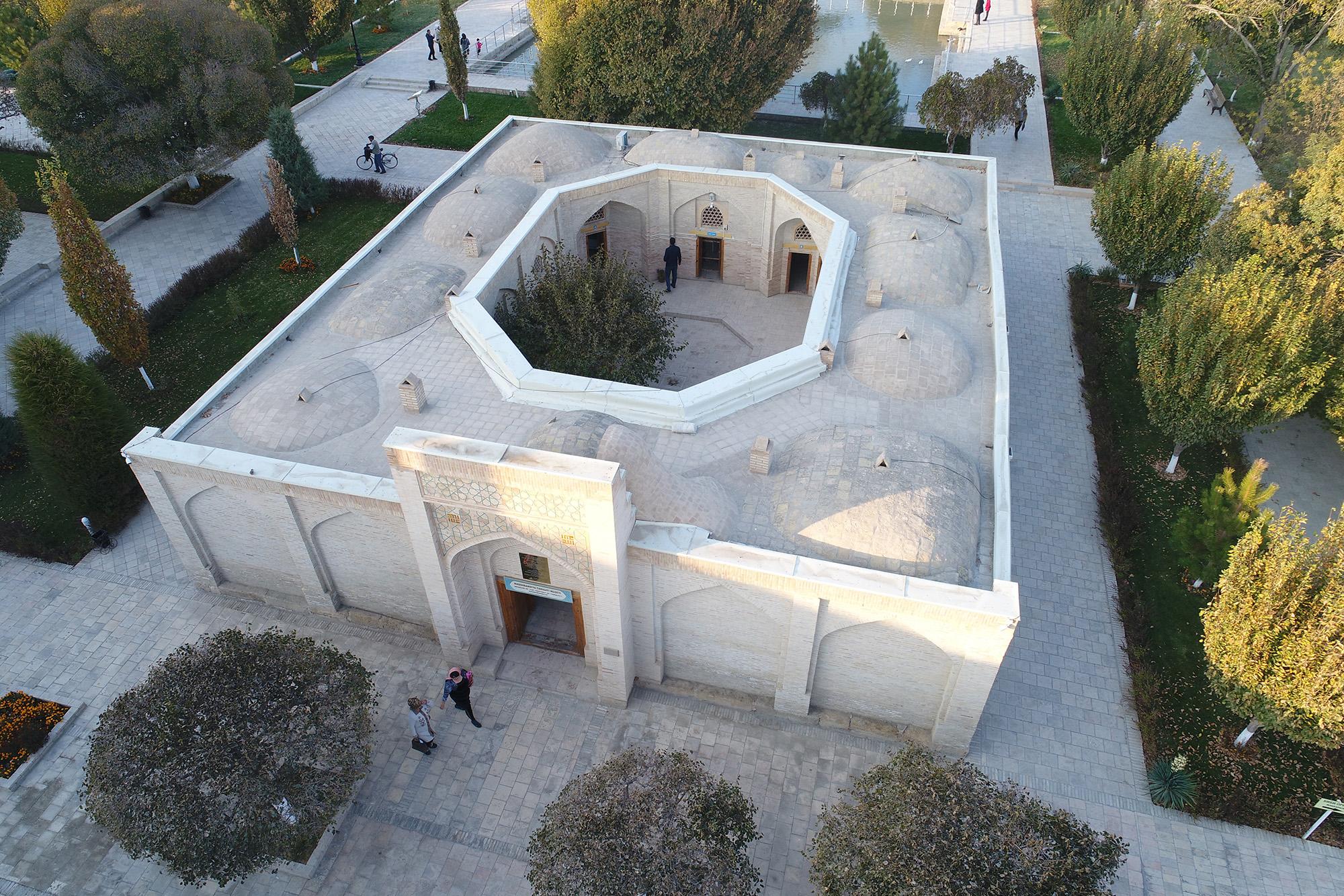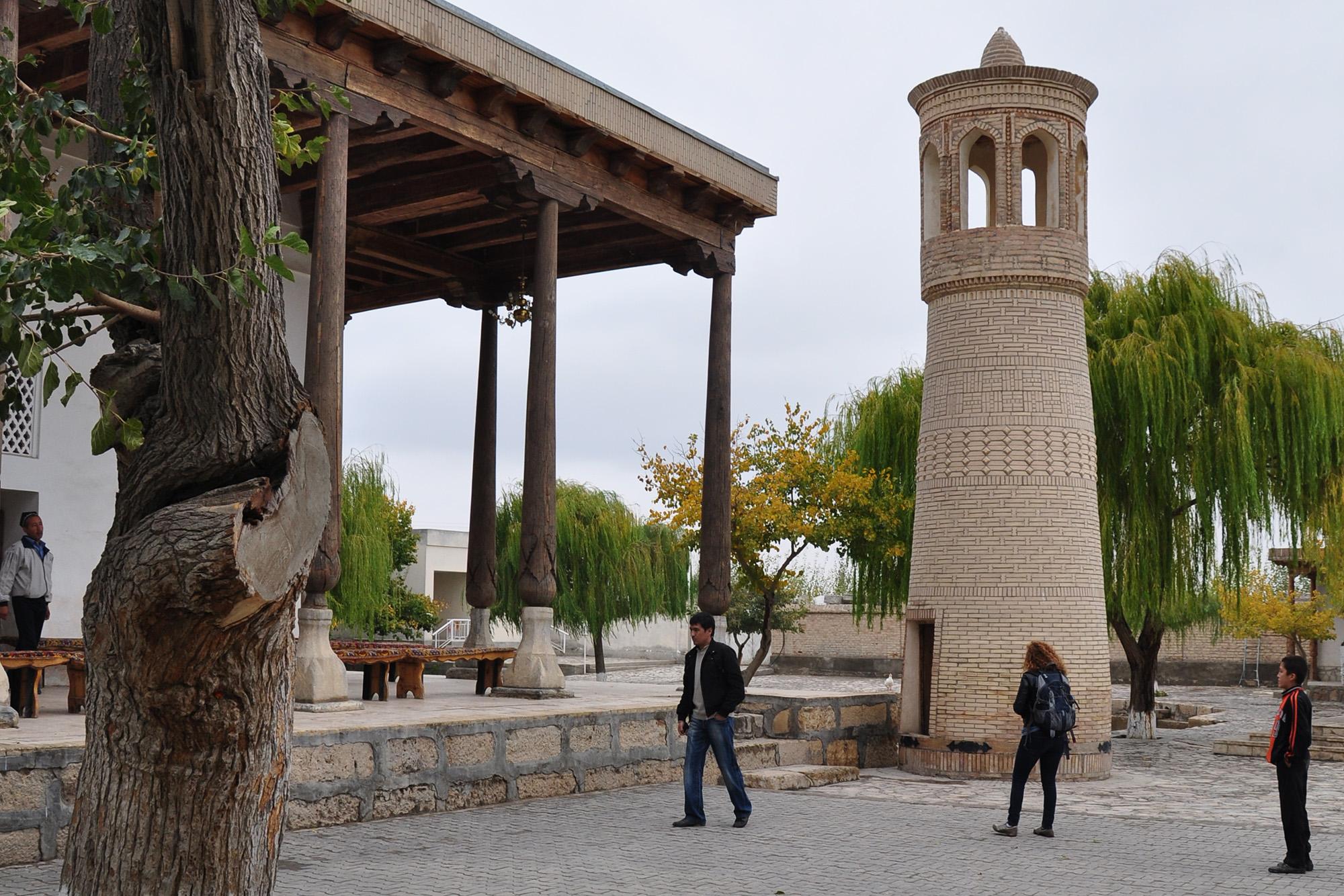Bahouddin Naqshband Architectural Complex

Founded at the grave of the 14th century religious leader, Bahouddin Naqshband, the complex of buildings named in his honour has expanded over the centuries to become one of the most important pilgrimage sites in Uzbekistan and a fascinating collection of architectural styles.
The Bahouddin Naqshband Architectural Complex is set in the suburbs of Bukhara, in an area that was just a small village called Qasr-I Hinduvan when Bahouddin Naqshband was born here in 1318. He was to become one of the most prominent leaders of Sufism, a mystical branch of Islam, and founder of a religious order that would come to bear his name. It was the followers of this Sufi Naqshbandi order who initially started building monuments at his grave after he died in 1389.

As the number of pilgrims increased over the years, the site became an important focus for the whole city. The rulers of Bukhara would visit the burial site of Bahouddin Naqshband before coronations and after military campaigns, even establishing a royal necropolis here where every leader added their own adornments. In the later years between the 16th and 19th centuries, new buildings were continually added to the complex until it was filled with khaziras (family burials) and mausoleums, each with its own magnificent decorations.
When you visit today, you'll find a whole series of interesting buildings within the complex. Some of the most significant include the Bahouddin Naqshband Dakhma, with its marble gravestone and a stele placed on top; the Abdulaziz Khan Khanaka, which was designed for the needs of Sufi monks and wandering dervishes (Muslim ascetics) and has a beautiful ribbed dome; the 18th century minaret with burnt brick and a lantern of eight arches; and the 19th century Abdul Hakim Kushbegi Mosque surrounded by intricately carved wooden columns.

Make sure to also explore the Royal Necropolis, known as Dakhma-I Shakhon. With a serene ambiance, the necropolis is laid out with the tombs of the region's leaders and nobility, each elevated section built of walls lined with marble blocks and the grave markings along the top. In comparison to the tomb of Bahouddin Naqshband, which has colourful and intricate tile decorations around it, the necropolis is a much more subdued part of the complex.
The design of the different sections offers an interesting insight into the architectural styles of the eras, as well as bearing testimony to the local Muslim burial traditions. But the Bahouddin Naqshband Architectural Complex is still significant today as a pilgrimage destination, and many of the special regulations that have been developed over the centuries are still in place even now.

